A Comprehensive Guide to Analog-to-Digital Converters (ADCs)

Get valuable resources straight to your inbox - sent out once per month
We value your privacy
Introduction
The Analog-to-Digital Converter (ADC), a crucial element in the field of electronics, provides a link between the analog world of continuously changing signals and the digital world of 0s and 1s. ADCs play a crucial role in modern technology by transforming actual analog signals from the real world into digital data that computers and digital systems can comprehend and handle. Although our world is inherently analog, the processing power of digital systems allows us to understand, alter, and utilize these signals in ways that were previously considered to be impossible. For this reason, this conversion is essential. The goal of this article is to give readers a thorough understanding of ADCs, their numerous forms, and the benefits and drawbacks of each type.
Understanding Analog-to-Digital Converters (ADCs)
A complicated apparatus called an Analog-to-Digital Converter (ADC) is essential to digital signal processing. Its main job is to convert continuous-in-time-and-amplitude analog signals into discrete-in-amplitude digital signals, which are called digital signals.

Figure 1: How an ADC Works
The conversion process that an ADC employs involves three primary steps: sampling, quantization, and digital coding.
Sampling: Sampling is the initial step in the conversion process. During this stage, discrete time intervals of the continuous analog signal are sampled to provide a sequence of snapshots of the signal amplitude. The sampling rate, also referred to as the sampling frequency, is the rate at which the signal is sampled. The Nyquist-Shannon sampling theorem states that in order to effectively capture the signal and prevent aliasing, the sampling frequency must be at least twice that of the input signal's highest frequency component.

Figure 2: Sampling of an Analog Signal (ADC)
Quantization: Quantization is the subsequent stage. The sampled signal's continuous amplitude is split into a number of discrete levels during this phase. The resolution of the ADC, which is often represented in bits, determines the number of levels. There are 2n distinct levels in an n-bit ADC. A 3-bit ADC, for instance, has 8 (23) distinct levels. The disparity between the actual analog value and the quantized digital value—referred to as the quantization error—is introduced during the quantization process. The term "quantization noise" is also used to describe this error.
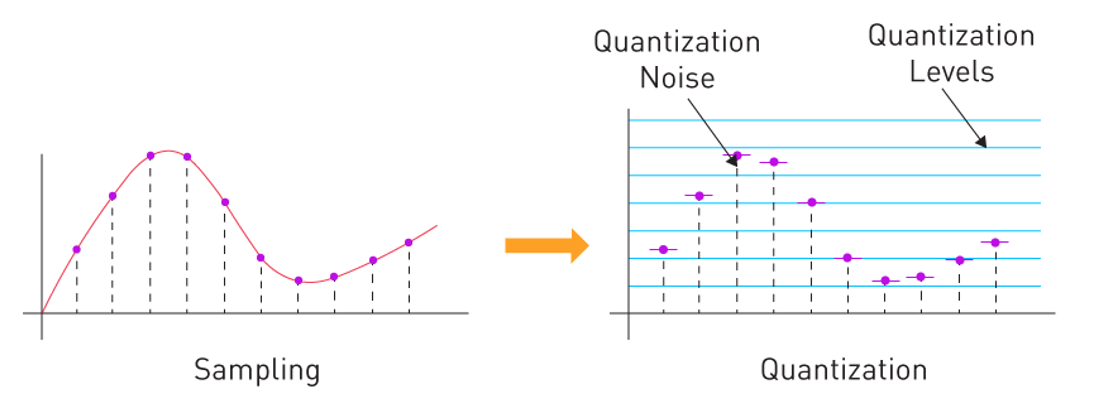
Figure 3: Quantization of an Analog Signal (ADC)
Digital Coding: Digital coding is the final phase. Each quantization level is given a distinct binary code during this stage. As a result, the analog signal is converted into a digital representation that can be processed by digital systems.

Figure 4: Encoding of an Analog Signal (ADC)
It's crucial to remember that an ADC's performance is determined by a number of essential factors, such as resolution, sampling rate, accuracy, linearity, and power consumption. The number of discrete values the ADC can generate over the range of analog values depends on the resolution. How frequently the ADC samples the input signal is determined by the sampling rate. While linearity denotes how closely the ADC's output follows its input, accuracy refers to how closely the output matches the input's actual value. Another important consideration is power consumption, particularly for battery-powered gadgets.
When working with digital systems, it is crucial to comprehend these ideas and how they affect an ADC's performance. We shall examine the various ADC kinds, their benefits, drawbacks, and uses in the next section.
Different Types of ADCs
There are various kinds of ADCs and each one has a different technique for converting analog signals to digital signals. The exact needs of the application, such as speed, accuracy, power consumption, and cost determine the appropriate ADC to use.
| ADC Type | Resolution | Speed | Power Consumption | Complexity | Applications |
| Flash ADC | Low to medium | Very high | High | High | Fast digital oscilloscopes, video digitization, radar, wideband radio |
| SAR ADC | Medium to high | Medium to high | Low to medium | Low to medium | Industrial control and measurement, CMOS imaging, audio |
| Sigma-delta ADC | High to very high | Low to medium | Low to medium | Medium to high | Precision DMMs, high-end data acquisition, pro-audio |
| Dual slope ADC | High to very high | Very low | Low to medium | Medium to high | Precision DMMs and panel meters |
| Pipelined ADC | Medium to high | High to very high | Medium to high | Medium to high | Digital video, software-defined radio, medical imaging |
| TDC ADC | Low to medium | High to very high | Medium to high | High to very high | Time-of-flight sensors, LIDAR, particle physics |
Flash ADC (Parallel ADC):
How It Works: Each comparator in a flash ADC compares the incoming signal to a different reference voltage. The encoding circuitry receives data from the comparator outputs and produces a digital output.
Advantages: The speed of a flash ADC is its key benefit. As a result of completing the conversion in a single operation, it is the fastest sort of ADC.
Disadvantages: The drawback is that it is expensive and power-hungry because high-resolution conversions call for a lot of comparators. Due to its size and excessive power consumption, it is also unsuitable for high-resolution applications.
Applications: Flash ADCs are frequently employed in devices like oscilloscopes and radars where speed is essential. They are the perfect choice for recording quick, transitory signals due to their high-speed conversion capacity.
Successive Approximation Register (SAR) ADC:
How It Works: The input voltage is discovered by the SAR ADC using a binary search technique. The least significant bit (LSB) is put last after the most significant bit (MSB).
Advantages: For higher resolutions, SAR ADCs are more effective than flash ADCs in terms of power and size. They strike a nice balance between power usage, speed, and resolution.
Disadvantages: SAR ADCs' primary drawback is their speed. Since they carry out the conversion in a succession of steps rather than all at once, they are slower than flash ADCs.
Applications: Power management systems, communication devices, and data gathering systems all frequently use SAR ADCs. They are appropriate for a variety of applications because they provide a reasonable mix between speed, resolution, and power consumption.
Sigma-Delta (Σ-Δ) ADC:
How it works: To increase resolution and accuracy, the Sigma-Delta ADC employs techniques for noise shaping and oversampling. After that, a filter is applied to the output to lower the data rate to a more acceptable level.
Advantages: Since they are so exact, Sigma-Delta ADCs are frequently employed in audio applications. They are perfect for precision measurements and audio compression because of their excellent resolution and accuracy as well as noise-shaping capabilities.
Disadvantages: Sigma-Delta ADCs' primary drawback is their speed. They move more slowly than SAR and flash ADCs. After oversampling, they also need a sophisticated digital filter to lower the data rate.
Applications: Sigma-Delta ADCs are frequently used in high-precision measuring and audio applications. They are perfect for audio encoding and precise measurements due to their excellent resolution, accuracy, and noise-shaping capabilities.
Dual Slope ADC:
How It Works: The dual slope ADC first integrates the input signal for a certain amount of time, after which it de-integrates the signal to zero at a set rate. To generate the digital output, the time to de-integrate, which is proportional to the input voltage, is monitored.
Advantages: Although sluggish, dual slope ADCs provide great accuracy and effective noise rejection. They are also very linear and noise-resistant, which makes them perfect for precise measurements.
Disadvantages: Dual slope ADCs' primary drawback is its speed. They are the most sluggish ADCs. They are harder to execute since they also need an accurate clock.
Applications: Digital multimeters and other measuring equipment frequently employ dual slope ADCs because of their excellent accuracy and strong noise rejection. Additionally, they are utilized in situations when conversion speed is not a crucial element.
Pipelined ADC:
How It Works: The conversion process is divided into stages by the pipelined ADC, with each step handling one bit of the conversion. A pipeline-like connection between the stages enables high-speed, high-resolution conversions. Since they may achieve high conversion rates without needing specialized components that operate at extremely high speeds, pipelined ADCs are frequently chosen in high-speed applications.
Advantages: Applications requiring high speed and high resolution can benefit from pipelined ADCs. They provide a decent mix of speed and resolution.
Disadvantages: The complexity of pipelined ADCs is mostly a drawback. They need a sophisticated digital error correcting system. In comparison to other varieties of ADCs, they also use more power.
Applications: Applications that need for fast, high-resolution conversions, such digital video processing, medical imaging, and high-speed data gathering systems, employ pipelined ADCs.
Time-to-Digital Converter (TDC):
How It Works: Instead of measuring the amplitude of the input signal, the TDC measures its time or frequency. They are frequently employed in circumstances where the crucial factor is the timing of an occurrence or the frequency of a signal.
Advantages: TDCs are perfect for situations where the timing of an event or a signal's frequency is a crucial factor. Moreover, they are resistant to amplitude noise.
Disadvantages: TDCs' principal drawback is that they are unsuitable for situations where the signal's loudness is a crucial factor. They are harder to implement because they need a high-speed clock.
Applications: In applications like time-of-flight measurements, frequency counters, and ultrasonic systems, where the time of an event or the frequency of a signal is a crucial factor, TDCs are utilized.
The best form of ADC to utilize depends on the particular requirements of the application and each type has pros and cons of its own.
Choosing The Right ADC For Your Application
A vital design choice, choosing the best analog-to-digital converter (ADC) for your application necessitates a full grasp of the demands placed on your system as well as the trade-offs involved with various ADC characteristics. Here are some important things to think about:
Resolution: The amount of discrete values that an ADC can generate throughout the range of analog values is referred to as resolution. It is often stated in bits, as was previously mentioned. An ADC's sensitivity and resolution are strongly correlated, and a greater resolution enables the ADC to detect minute changes in the input signal.
Sampling Rate: The pace at which an ADC obtains samples from the analog signal is known as its sampling rate or sampling frequency. The sampling rate must be twice as high as the signal's highest frequency component. The digital representation of the signal may be distorted by aliasing if the sampling rate is too low.
Accuracy: In the context of an ADC, accuracy refers to how closely the digital output and actual analog input match. Typically, it is stated as a portion of the full-scale range. Quantization error, differential nonlinearity (DNL), and integral nonlinearity (INL) are some of the elements that affect accuracy.
Linearity: The consistency of the step size from the least to the largest analog input is a measure of an ADC's linearity. Differential nonlinearity (DNL) and integral nonlinearity (INL) are the two factors that are generally used to specify it. While INL is the transfer function's divergence from a straight line, DNL is the departure from the optimal step size between two successive code changes.
Power Consumption: Particularly for battery-powered gadgets, power consumption is an important consideration. ADCs may use a lot of power, and the power consumption typically rises with the resolution and sampling rate. Therefore, it's crucial to pick an ADC that satisfies the performance needs of your application without going over your power budget.
Cost: Particularly for commercial devices, the ADC's price might be a decisive issue. ADCs with high throughput and resolution are often more costly. Finding a balance between cost and performance is so crucial.
Conclusion
An essential link in the world of electronics, analog-to-digital converters (ADCs) allow the conversion of physical analog signals into digital data that can be handled by digital systems. Making wise choices when designing digital systems requires an awareness of ADCs, their operating concepts, and the various varieties that are available.
Every form of ADC, including Flash, SAR, Sigma-Delta, Dual Slope, Pipelined, and Time-to-Digital, has certain benefits and drawbacks as well as specific uses. These include things like quick data collecting systems, exact measuring tools, audio encoding, and more. Resolution, sample rate, accuracy, linearity, power consumption, and cost must all be carefully considered before selecting an ADC type.
ADCs will remain a crucial part of the analysis, modification, and use of real-world data as we continue to push the limits of technology and digital processing. There is an ADC that is suitable for your application, whether you're creating a high-speed communication system, a battery-powered IoT gadget, or high-precision measuring equipment. You'll be more equipped to make the ideal design choices, fostering innovation and advancement in the digital era, if you comprehend the complexities of these converters.
_______________________
Did you find this interesting? Get valuable resources straight to your inbox - sent out once per month!
技术论坛
 Latest activity 2 years ago
Latest activity 2 years ago
 3 回复
3 回复
 Latest activity 4 years ago
Latest activity 4 years ago
 1 评论
1 评论
 Latest activity a month ago
Latest activity a month ago
 4 回复
4 回复




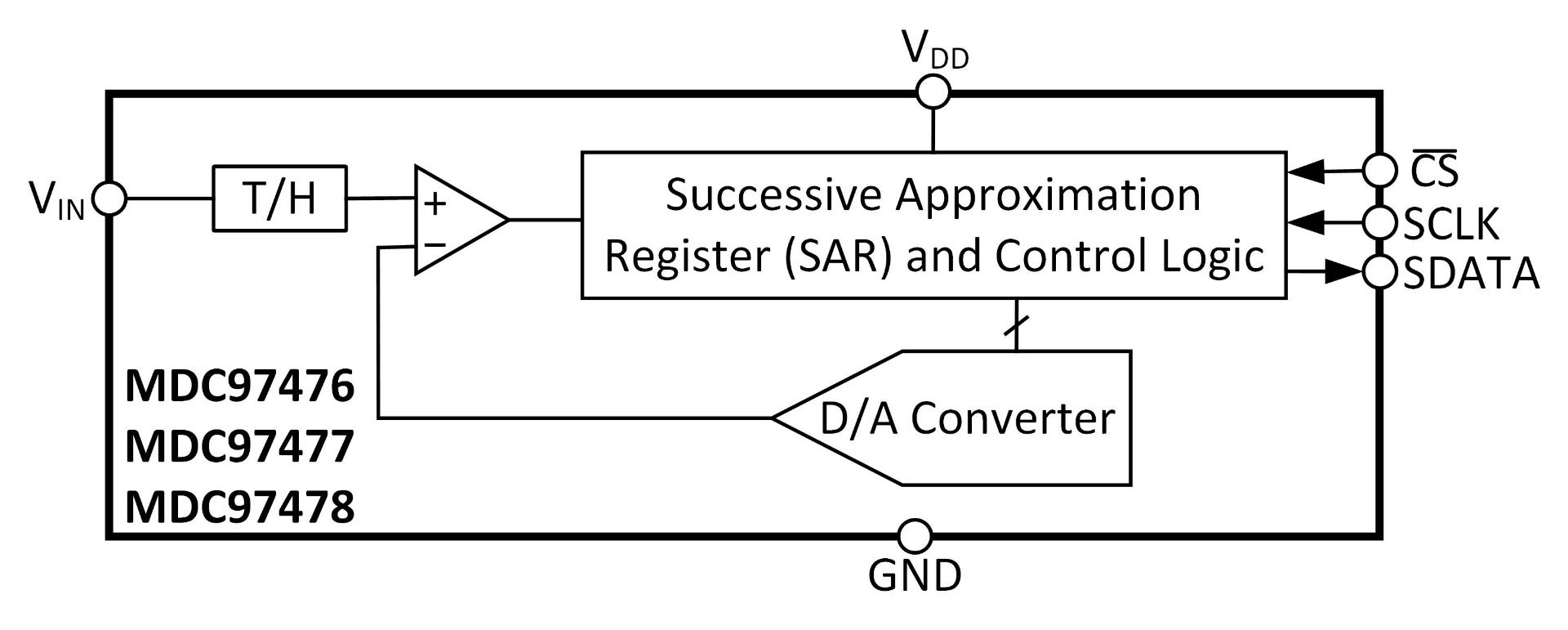
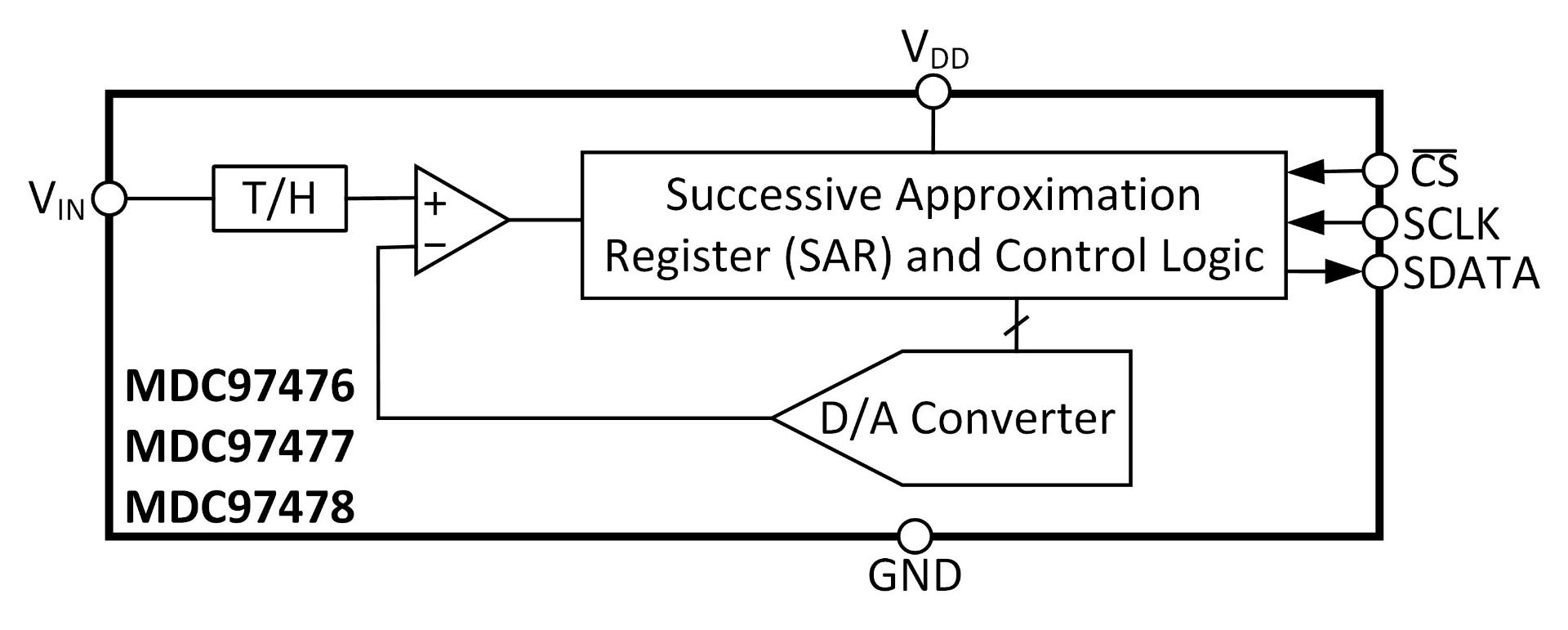


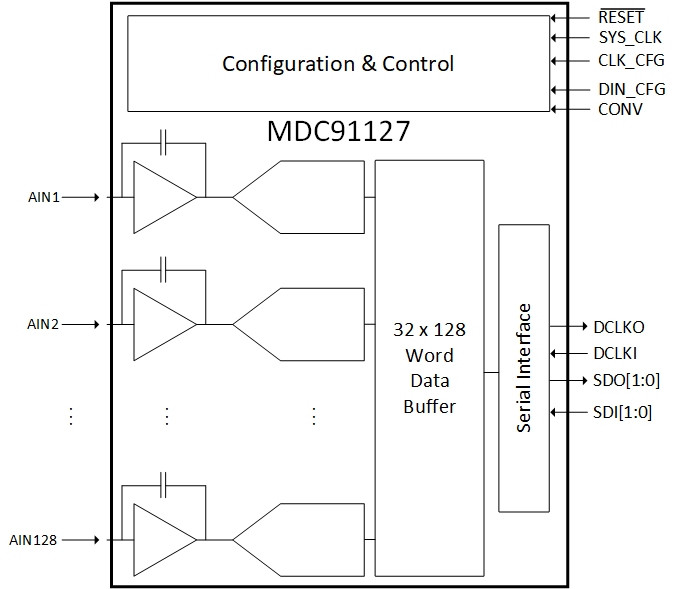
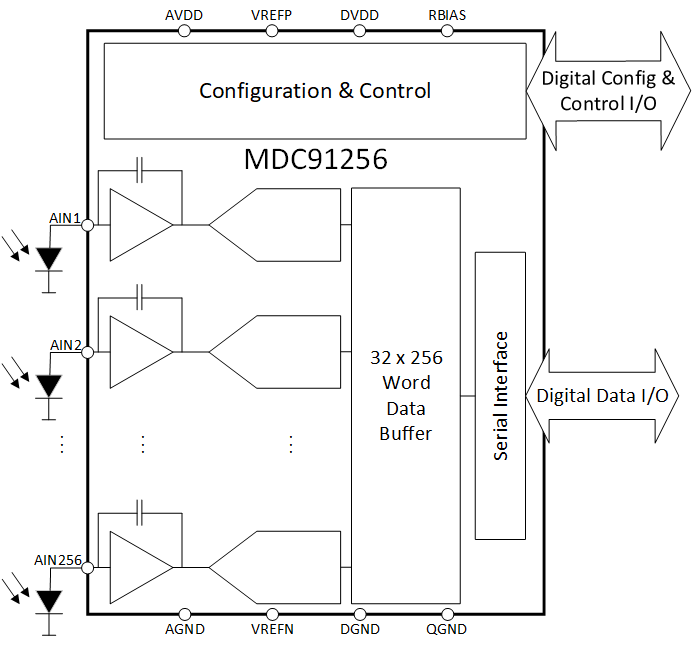
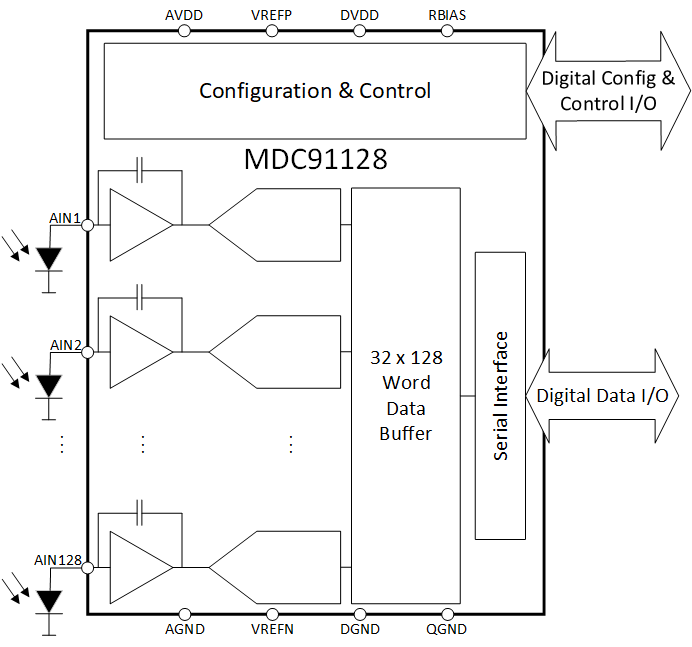
直接登录
创建新帐号